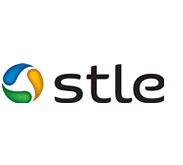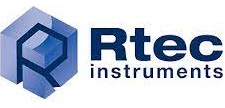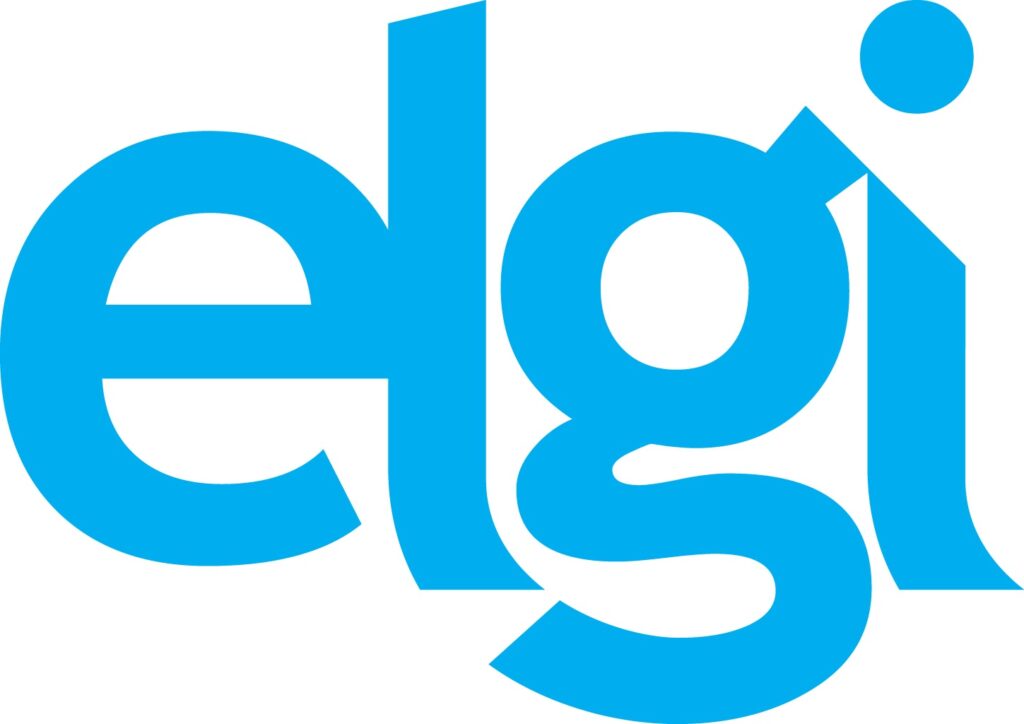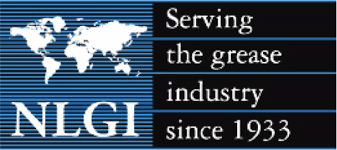Administration of the project
Interview to Dr. Hong Liang the new STLE president
Could you please tell us more about your tribology journey from a graduate student to now STLE president?
My career in tribology started with graduate research. My thesis advisor, Professor Traugott Fischer, first introduced me to the field. STLE is a community where you can grow professionally. My participation in STLE activities through annual conferences and local section meetings continued through my postdoc period while working with Dr. Said Jahanmir’s group at the National Institute of Standards and Technology (NIST). Subsequently, I was involved in several of STLE’s technical committees, as well as served as past chair of the Annual Meeting Program, Awards and Fellows Committees, which lead me to become a member of the STLE Board of Directors and now the Executive Committee. I have met many distinguished members and friends in the tribology and lubrication engineering sector through this involvement.
How do you think this current role could add to your working experience?
My role as president of STLE allows me to stay closer to the industry’s latest developments and advancements through continuous interaction with world-renowned researchers and influencers. As STLE president, I have access to the latest information and developments in the field. This access allows me to heighten my contribution as both an educator and researcher. But more importantly, it enables me to provide my students with the information and resources they need to ensure their future success and stay one step ahead of the competition, which ultimately helps to advance innovation in the tribology and lubrication engineering fields.
Could you introduce STLE and its vision?
STLE is the premier technical society serving the needs of over 13,000 individuals and 250 companies and organizations that comprise the tribology and lubrication engineering business sector. Our members are employed by the world’s leading corporations, academic institutions and governmental agencies dealing with science and technology. We support these distinguished technical experts with various professional education and certification programs. Additionally, we provide robust technical research, education, and professional development resources delivered through programming, courses, events and periodicals.
The vision of STLE is to “perfect motion” through professional development, technology innovation, communications and advocacy and organizational excellence. The society will be 80 years old next year. STLE’s mission is to advance the science of tribology and the practice of lubrication engineering to foster innovation, improve the performance of equipment and products, conserve natural resources and protect the environment.
You have been an active member of STLE since 1989, could you share your personal motivation for being an STLE member for so many years? What are the benefits of STLE membership?
As I mentioned earlier, our careers grow with STLE. The society has members from large and small companies, academia and governmental agencies. It’s a low-cost investment with high professional rewards. STLE has robust research, education, and professional development resources through programming, courses, events and periodicals on various topics, such as safety, energy, maintenance, natural resources, wear and productivity. My motivation for being an STLE member is to connect, learn, and achieve through participation and volunteering, the same as the society’s value proposition.
What is the biggest challenge that you see for STLE as an organization in the coming year?
The demand for knowledge in a few areas, such as electrification, sustainability, artificial intelligence and more. The industry faces several challenges, as reflected in our 2023 Report on Emerging Issues and Trends in Tribology and Lubrication Engineering, released this past July. Challenges include supply chain issues, sustainability, electrification, manufacturing, medical/health and regulatory issues. The full report is available through the STLE website at www.stle.org.
What kind of opportunities exist for students to participate in STLE?
By participating in the STLE organization, students will have the opportunity to connect with lubricant industry professionals and leading tribology researchers, advance their knowledge in the field and achieve career goals through continued involvement at various stages. STLE is also an organization where students can connect with future employers.
Is there any career advice you could give to young tribologists?
It’s an exciting time to pursue a career in tribology due to the heavy demand for talent and the imminent need for advancements in the field. Today’s tribological challenges allow young tribologists to make an immediate, positive impact on improving processes that affect our everyday lives and the planet. Becoming an STLE member is an effective way for young tribologists to grow and accelerate their careers, and our members will tell you our field is fun, challenging and rewarding.
How do you think you can attract/motivate more younger people to pursue a career in tribology? Do you have any set goals as STLE president that you would like to implement?
Our field has important and broad applications, and the demands are growing for new areas like electric vehicles, sustainability, artificial intelligence and more. Students who choose a career path of tribological research would see the impacts of their efforts rather quickly.
To attract future generations of tribologists and lubrication engineers, STLE has organized STEM activities for high school students to introduce them to career opportunities. Our STEM Camps held during STLE’s Annual Meeting allows students to engage with STLE members and participate in various tribology‐ and lubrication‐related experiments led by engineers, researchers and scientists—providing them with an excellent opportunity to learn about research within the field.
STLE also recently established the Scholarships and Investments for the Future Fund (SIFF). It is managed by the STLE Scholarship Committee, which includes, among its purposes, fundraising efforts that will allow STLE to expand its existing scholarship programs and support STEM education, student mentoring and co-op and internship programs for early career tribologists—and provide financial support for students in technical and vocational schools.
We encourage individual and corporate members of STLE to join our efforts in contributing to SIFF and making a donation to support the next generation of tribologists and lubrication engineers.
As we see STLE is very much concentrated to mostly western nations, have you got any plans to extend its presence in Asian countries? As an example, a conference in an Asian country could be considered.
STLE is a diverse and inclusive society. We have many members from Asian countries and other areas of the world. We aim to lead the global tribology community by convening and participating in forums to share research and support collaboration and networking.
Additionally, we have been enhancing the recognition and importance of STLE technical events through program development and networking opportunities; developing and managing new technical events alone or in collaboration with other societies and organizations; participating in global events sponsored by entities relevant to STLE to demonstrate leadership and enhance our profile, such as the World Tribology Congress (WTC), OilDoc and many more. We are also optimizing the mix of virtual and in-person content delivery.
While we are widely known for STLE’s Annual Meeting & Exhibition, this conference is only one of the many activities we produce throughout the year, and we are constantly exploring new ways to inform and educate our audiences.
What do you think about the impact of AI and big data on the tribology field?
Artificial intelligence (AI) is a valuable tool for the tribology and lubrication engineering field, and STLE is staying close to this area to identify and uncover the latest advancements. We just held a virtual symposium on digital tribology this past July to take stock of ongoing research and devise new strategies for leveraging the enhanced capabilities of exascale computing, new AI and machine learning (ML) methods, novel material and chemical synthesis and characterization techniques, and experimental facilities to design sustainable and efficient interfaces.
Tribological processes are complicated, synergetic and inconspicuous. But AI can help our field gain predictability and efficiency in data analysis, thereby speeding up our discovery.






